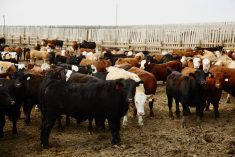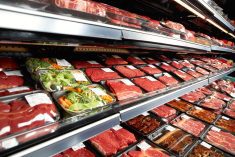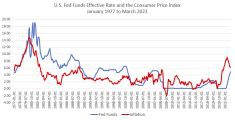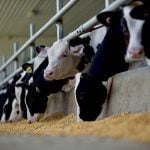Economic headlines over the past year have been dominated by interest rates, inflation, real earnings and consumer spending. For cattle producers, most of the information doesn’t appear to be relevant for day-to-day operations. However, longer-term, these factors have a large effect on the bottom line for the cattle operation. It’s prudent that cattle producers realize the current economic environment and plan accordingly.
Most of our parents or grandparents remember the historically high inflation and interest rates from 1978 to 1987. Many farms and feedlot operators have short- and long-term loans from various institutions. Interest payments tend to sneak up on an operation as a hidden cost. These costs will likely become more significant in the future. This article will discuss the current economic environment regarding interest rates and inflation. I’ll also provide a brief overview of hedging short-term interest rates.
Read Also
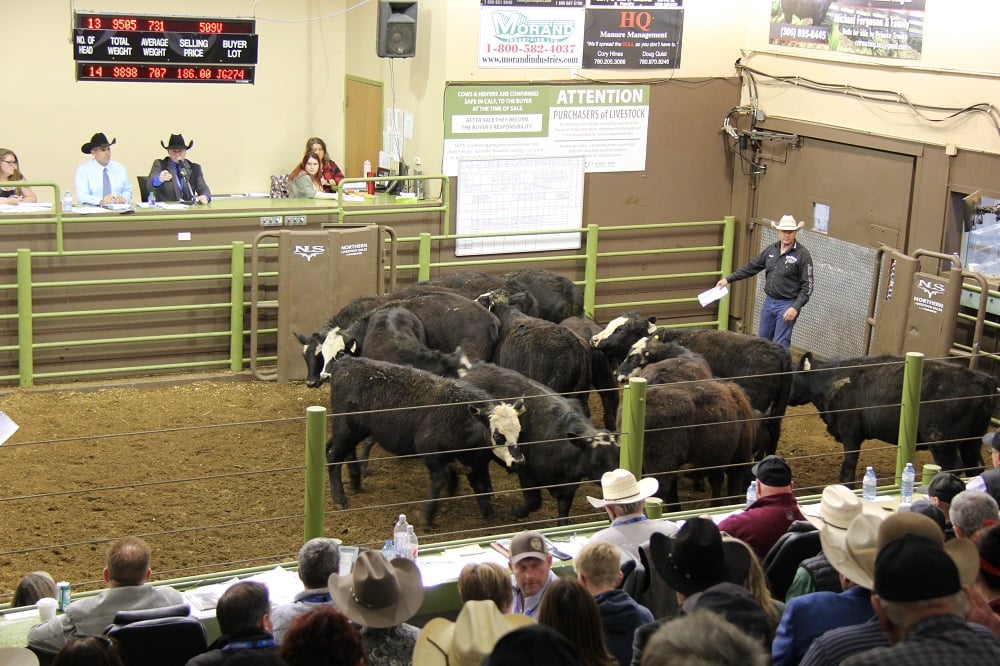
Cattle Market Summary
Break-evens, cow and calf prices, plus market summaries courtesy of Canfax and Beef Farmers of Ontario. Cost of Production September…
The economic environment is ripe for significant inflation. Very simply, inflation is the decline of purchasing power of a given currency over time. In Canada, the Parliamentary Budget Office estimated the COVID-19 pandemic spending cost the federal government $271 billion. The Bank of Canada injected approximately $370 billion into the economy through asset or bond purchases. This large injection of cash into the economy has been unprecedented. More importantly, the U.S. government and the Federal Reserve were considered the leaders in fiscal stimulus and monetary policy. The Canadian inflation reading for October was up 4.7 per cent from October of 2020; the U.S. consumer price index for October was up 6.2 per cent on a year-over-year basis. Inflation is running near 30-year highs. In addition to the stimulus, the supply chain backlogs have contributed to inflation. More money is chasing fewer goods.
Central banks are now poised to tighten monetary policy to cool economic growth and tame inflationary pressures. Without going into detail, the financial markets appear to be factoring in two or three interest rate hikes from the U.S. Federal Reserve during 2022; Canadian financial markets are factoring in three to five interest rate hikes of various proportions.
The Montreal Exchange has a three-month bankers’ acceptance futures contract, which is the instrument used to hedge short-term interest rates. At the time of writing this article in late November, the March 2022 contract was trading at 99.16. This equates to an interest rate of 0.84 per cent, which is 100 minus 99.16. The September 2022 contract was trading at 98.36, which equates to an interest rate of 1.63 per cent. The contract size is $1 million Canadian dollars.
These quotes are reflective of what major banks lend paper to each other. Cattle producers usually have their operating loan at prime rate plus a certain premium, which is reflective of their own risk. When the Bank of Canada increases its overnight lending rate, the major banks usually increase the prime rate by the same amount. Given the quotes above, we’ll likely see a 0.8 per cent to 1.0 per cent increase in the prime rate between March and September 2022.
For example, let’s say in December 2021, a feedlot operator anticipates borrowing needs of $3 million on March 1, 2022. The March contract is quoted at 99.16 so the feedlot operator would sell three contracts at this price. In March 2022, short-term interest rates have increased by 100 basis points. The feedlot operator would go to the bank and realize a similar jump in their borrowing rate. However, the short futures position would have a gain of 100 basis points, which would be a $2,500 profit. (100 points times $25 per point, which is $2,500). The net gain for the three contracts would be $7,500. It adds up. The quote on the futures in March 2022 for the March 2022 contract would be 98.16. Keep in mind this is only a three-month instrument.
It’s important to know that history tells us that when U.S. inflation exceeds six per cent, this is usually the onset of a recession. U.S. wages are up five per cent year-over-year so real earnings are down 1.2 per cent year-over-year. Consumer spending is two-thirds of U.S. GDP. Therefore, consumers are going to run out of money.
The caveat is that the U.S consumer saved up $2.5 trillion through the pandemic. These savings are making up for the wage shortfall. The key to staving off a recession is that the savings have to last long enough to sustain the economy until the supply chain backlogs are alleviated. The vaccination progress in Southeast Asia is the main factor to alleviate backlogs. Container freight rates are down about 15 per cent from the historical highs set in September 2021. Some of this supply chain pressure is starting to abate. Canadians are in a similar situation to their U.S. counterpart but the Canadian savings are not as significant.
This is a short-term discussion for a very complicated issue. In any case, we can expect interest rates to increase. Producers should be aware of the magnitude of the increases by watching the three-month bankers’ acceptance futures. Short- and long-term loans should be locked in because interest rates are still near historical lows.



